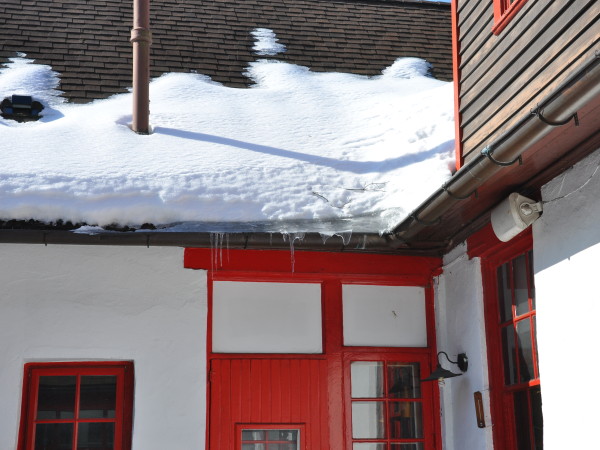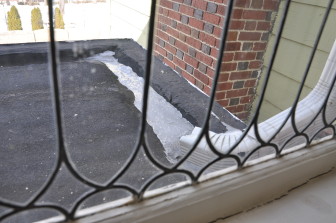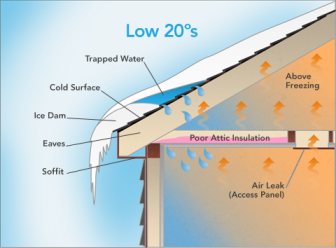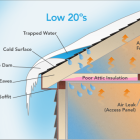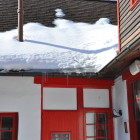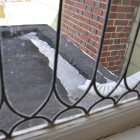Ice dams have formed on so many roofs around town this winter that if you don’t have one on your roof, it’s likely your neighbor does or you’ve heard tales of water-soaked living rooms. Ice dams have the potential to be very damaging to your home’s structure and possibly even your interiors if the problem is unaddressed.
“Last week when the temperature rose significantly above freezing, we had a leak in the kitchen. My husband shoveled as much snow and ice off the roof as he could, but most of it is impossible to reach safely. The temperature just rose too quickly — and with the gutters blocked by ice, there was no place for all the water to go,” explained Vanessa, a South Orange resident.
Most homeowners, especially those who are new to it, have no idea this potential problem even exists; they have to turn to Google and YouTube in the midst of leaky ceilings for an explanation of why ice dams occur, what damage they can cause, and what they can do to avoid their development in future winters.
Ice dams are a ridge of ice that most often form on the lowest portion of your roof that prevent melting snow and ice from properly draining. The trapped water has to leave your roof somehow, and water can be tricky. It may find its way into your home’s exterior wall cavity, attic, or possibly your interiors. Or the trapped water may find another way off your roof that causes no damage at all. All structures and their roofs are different.
“Unfortunately there’s no one-sized-fits-all solution, product or any one method to retrofit every house to avoid ice dams. It’s really less to do with roofing than with heating and ventilation,” says Mike Beeck of Bay Roofing.
Sometimes ice dams can be difficult to spot from the ground and often it can be even more difficult to determine their cause. Ventilation, interior living conditions, insulation, and heat loss (see graphic below) are just a few factors to consider when evaluating the problem.
“For cedar, slate, or tile roofs in decent condition, the only cost-effective products to help manage the problem are those that go on top of the roof. Homeowners can introduce de-icing cables or more venting. For an asphalt roof, ridge vents and soffit vents can help stabilize the surface temperature of the roof, and ice and water shield should be installed,” advises Beeck.
Our advice is to do an assessment of your structure before the winter ends. Compile a list of the ice dams that have formed on your roof and photograph them now before they melt. Also take note of any damage that has occurred. Speak with contractors and roofers and share this information with them. Ask their advice, take notes, and make a plan to prepare for next winter. Proactively addressing these problems is the only one-sized-fits-all solution for managing your ice dams.
Landis Carey is a writer and former Maplewood resident currently living in South Orange with her husband and two children. She will be writing regularly for The Village Green on the care and nurturing of your South Orange or Maplewood home.

